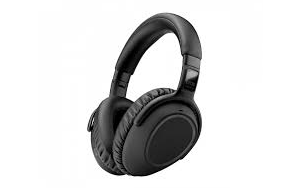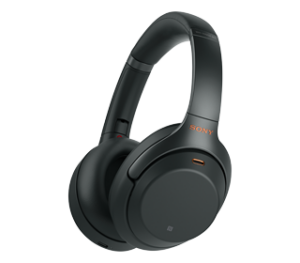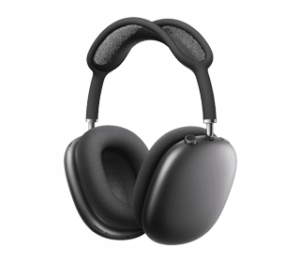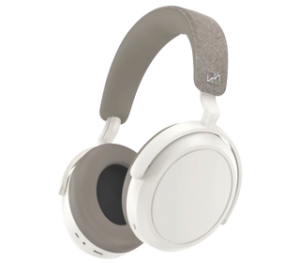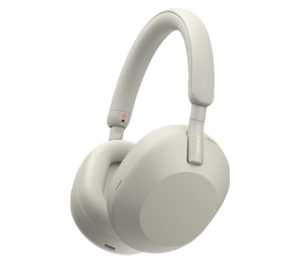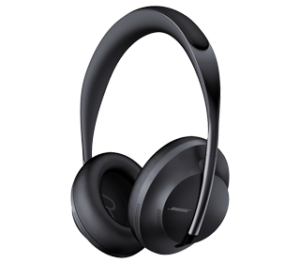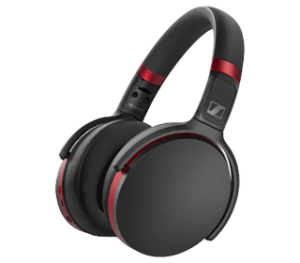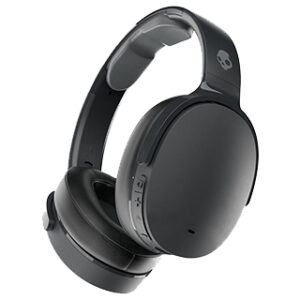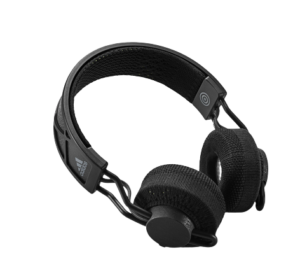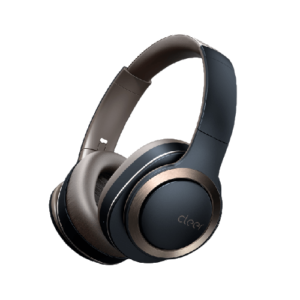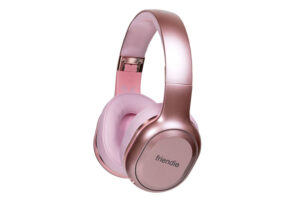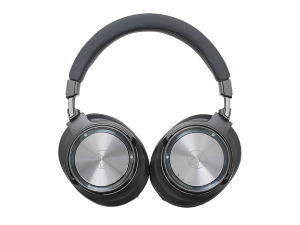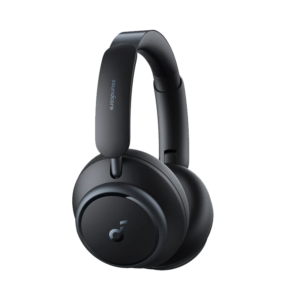Business time has never sounded so good.
EPOS ADAPT 660 Wireless Headphones Review
When I first clapped eyes on the EPOS ADAPT 660 headphones, I felt a wave of familiarity; it was like seeing an old friend again. Sennheiser fans will immediately recognise this design as it’s a spitting image of the Sennheiser PXC 550s, which I reviewed back in 2016 and then used daily for several years after.
And when I say “spitting image”, I don’t mean similar. The ADAPT 660s are the same headphones as the PXC 550s, down to the unique egg-shaped cup design, the array of physical controls, and the way you can turn the headphones on and off by twisting the cups 90-degrees to a flat laying position.
This design is solidly constructed and has a premium look and feel, but we do find the fit a bit tight and we don’t love how warm our ears feel after an hour or so.
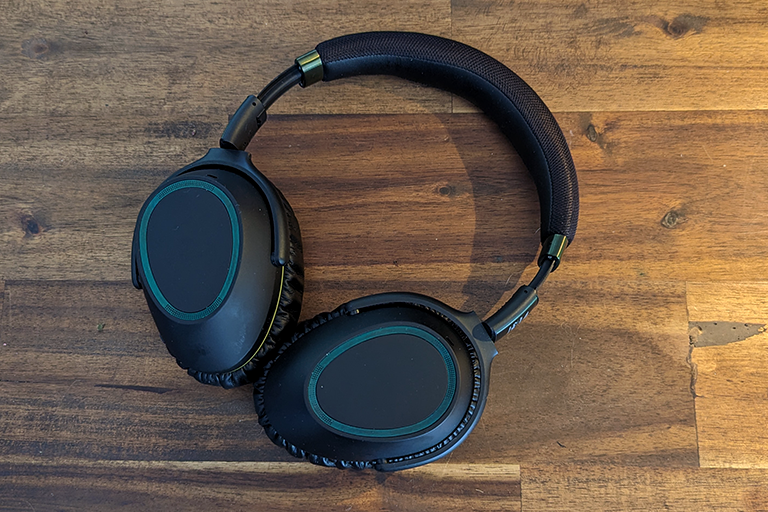
How much does EPOS Adapt 660 cost in Australia?
The price of the ADAPT 660s may be a rude shock for some, with an RRP of AU$745 on the EPOS site, and a street price hovering around AU$600 at the time of writing.
The ADAPT 660s also come in a special Aston Martin Cognizant F1 team co-brand variant, with the AMC forest green colours on display. The RRP of this model will set fans back an extra $110 if bought through EPOS, but happily the street price usually matches the cost of the stock variant.
EPOS Adapt 660 Sound Quality
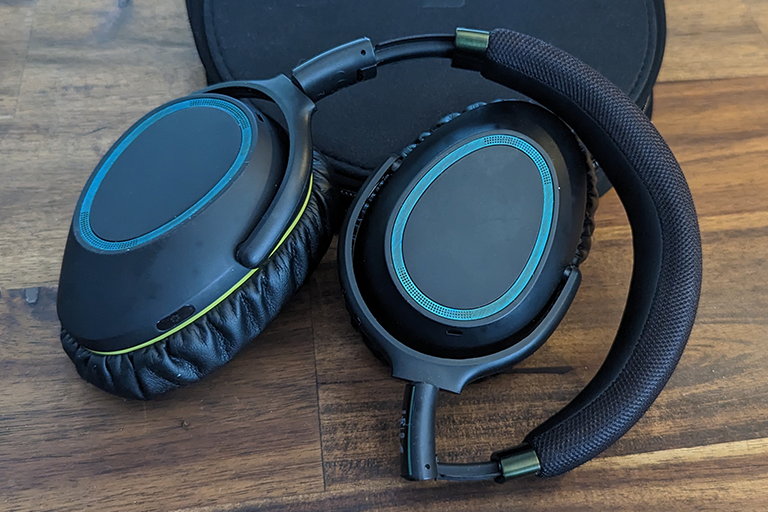
For this somewhat steep price, EPOS promises excellent sound quality; in both the audio output, and also the quality of the microphones. Primarily, the ADAPT 660 is a headset targeting business customers who want great headphones for making phone calls and participating in video conferences, but are also ready as a companion on a long-haul flight.
This promise is kept, with the ADAPT 660 delivering on both fronts. Firstly, the sound quality when listening to audio is fantastic. The headphones clearly register sound across all frequencies, favouring a bassy sound, but with good clarity on higher frequencies, too. If we have a minor quibble, it would be that the mids can get a touch murky when competing with highs and lows.
It’s worth noting that the ADAPT 660 doesn’t support the LDAC high resolution audio codec, but instead favours support of the aptX audio codec.
Many a mic
Unlike the majority of headphones which come across our desks, the EPOS ADAPT 660 is a headset with a focus on microphone sound quality. Most consumer headphones include microphones for taking making and taking calls, but often we’re content with ‘good enough’ sound. So it’s a joy to use a headset where attention has been paid to audio input, and the results are impressive.
The EPOS design includes 7 microphones: 4 for noise-cancelling, and 3 for its beamforming microphone array. Using these three mics, and its proprietary EPOS AI machine learning algorithms, the ADAPT 660 should be able to identify the differences between your voice and background sound, to focus on the former and remove the latter.
This may sound like a lot of techy jargon, but as they say, the proof of the pudding headphones is in the eating listening, and the mic quality in our tests blows the alternatives away.
As mentioned, the ADAPT 660 has a four mic setup for its active noise-cancelling function, and it works really well. As a general rule, if you get a feeling of unbearable loneliness when you switch on ANC, you know it’s doing its job. With the ADAPT 660 over my ears, I felt like I was sitting in a crater on the moon looking back to earth. So, you know, two thumbs up for the ANC.
It features standard settings like Talk-Through (sometimes called Transparency or Ambient Sound by other manufacturers) and Sidetone, which helps to add or remove the sound of your voice during calls.
EPOS Adapt 660: Battery and Features
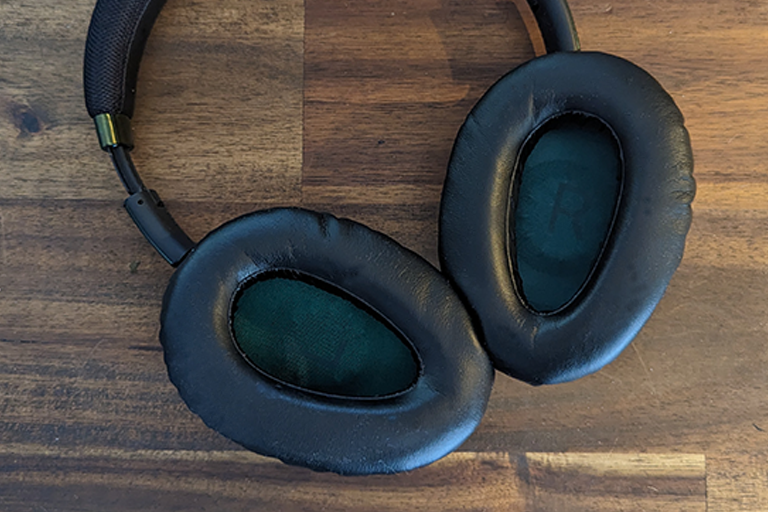
/mobile/google-pixel-7-pro-review/The battery life of the ADAPT 660 headphones is good, but nothing to get excited about. EPOS estimates that the battery will last ‘up to 30 hours’ with ANC on and Bluetooth turned off — which isn’t how we expect most people to use their headphones. We managed cycles of closer to 20 hours with ANC and Bluetooth on, which is decent.
The real bummer is the absence of fast charging, and the use of an older-style micro-USB charging port, rather than the more prevalent USB-C type connection. This may be one more component carried over from the earlier PXC 550 design. Charging takes a bit over 3 hours, which is approximately 360 average TikTok videos. Depending on who you are, this is 3-hour period may be a stressful wait for more digital dopamine or a welcome break from the pings and dings of a day in front of a computer.
As mentioned earlier in this review, the EPOS ADAPT 660 headset is designed for those of us whose lives transition in and out of a busy, noisy office. Besides the excellent mics, and the powerful noise-cancelling, the 600s are certified by Microsoft for use with Teams. The included USB Bluetooth dongle even has a special purple LED indicator that lets you know that it recognises a Teams call and is optimising for this.
Connectivity and the EPOS Connect app
The 600s support multipoint Bluetooth, meaning you can connect them to multiple devices at the same time, i.e. your laptop and your phone. EPOS has separate apps for mobile and desktop environments, however you can only customise the ADAPT 660s with the smartphone app, and even then your options are limited.
We tested the EPOS Connect app on a Pixel 7 running Android 13, and the experience was pretty underwhelming. The app struggled to find the headphones, even though these were already paired and connected to the phone.
Once connected, we faced a pretty bare-bones array of options, including a slider to adjust the strength of noise-cancelling, and EQ adjustment featuring a handful of preset modes. There’s a custom EQ option, but your control is limited to a surprisingly small selection of toggles. There’s no frequency sliders or Bézier curve levels to adjust, like you might expect if you’ve used similar apps any time in the last decade.
Are the EPOS Adapt 660 wireless headphones worth buying?
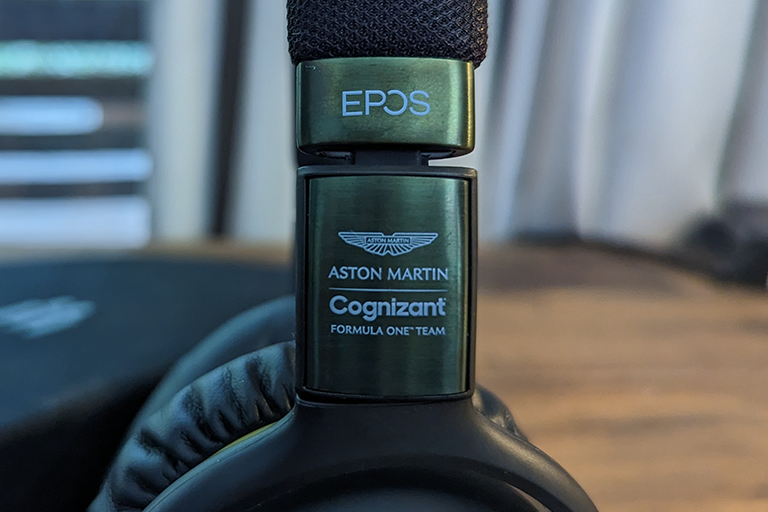
The EPOS ADAPT 660 headphones exist in the twilight space between an easy recommendation and a cautious one. On the one hand, the 600s are not the most comfortable headphones to wear, have an old design and some older hardware, a clunky companion app, and are more expensive than many of the alternatives.
On the other hand, these are among some of the best sounding consumer headphones we’ve tested lately, both in terms of what you hear, and what others hear when you speak with them. The active noise-cancelling is also top-notch.
EPOS has certainly focused on the most important elements, but in a product space as competitive as consumer audio, it can come down to these quality-of-life features that separate the very good from the truly outstanding. That said, I’d be pretty excited if my boss left a pair of these on my desk.
Compare over-ear headphones
How we review over-ear headphones
When we review over-ear wireless headphones, there are five main considerations:
- Sound: Do they sound good? Audio quality is pretty important for headphones, after all.
- Comfort & Design: Are they comfortable to wear over extended periods of time?
- Features: How long does the battery last? Is the connectivity reliable? Is the noise-cancelling good?
- Vibe: What's the overall experience?
- Value: Are they good for the money?
While audio products can be quite subjective for many reasons, we have standardised testing procedures across the team designed to help us look at the category in a consistent way. You can read more about how we review over-ear headphones here.
Related Articles





